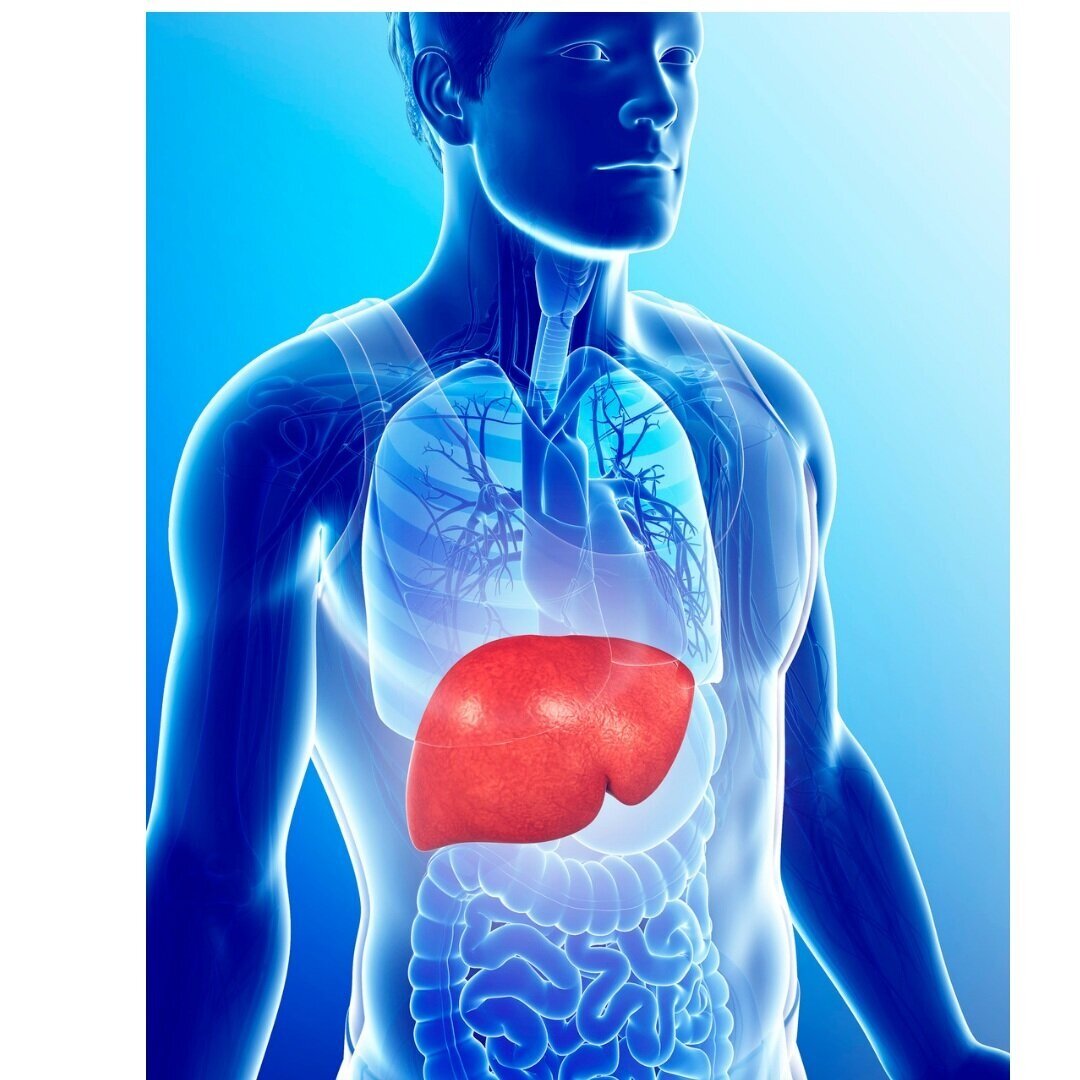March is Endometriosis awareness month.
Of all the conditions that I treat in the clinic, this would be the most common one. Many women will be in for other issues such as leaking, back/pelvic girdle pain, painful sex and when I ask about their periods…endo is often mentioned or suspected.
According to no endo.org.nz, around 1 in 10 women in New Zealand have endometriosis. That’s a lot of women! My patients experience:
Painful, like excruciating pain from the moment they had their first periods
Heavy bleeding
Fertility issues
And unfortunately, their journey to diagnosis is not easy. It takes roughly 7 years from onset of symptoms to diagnosis - 7 years of PAIN EVERY MONTH before finally a health professional can help them. Sometimes its health providers that do not know enough about endo, and unfortunately other times its women's symptoms getting dismissed …”it’s not that bad, just take some ibuprofen, all women get period pain”.
This is not ok. If this is your experience, I am sorry. If this is your experience, know my door is always open and I will listen and help you as much as I can.
If you are reading this blog, I’ve no doubt you know the symptoms. You have been on this journey for a long time. You will know we actually know very little about this condition but we think there is a big link to oestrogen. During the month when oestrogen is highest, ovulation (around day 14) and a few days before your period - this is often when pain and symptoms are at their worst. Which is often why the pill is suggested as this suppresses your body’s natural oestrogen.
So I’ll skip the signs and symptoms and get straight to some extra info that I have learnt/come across and some things you might not know how physio can help.
The amount of endometriosis lesions or adhesions in the pelvic cavity is not a direct correlation to how much pain you will experience - some women have a few adhesions and experience severe pain, and other women have heaps of lesions, no pain and only find out they have endo due to infertility issues. Remember, pain is a very complicated thing - check out these videos I made about pain to help explain just a small component of it. Our experiences of pain are different - comparing pain between 2 women with endo is impossible.
Simply removing the adhesions will not make the pain go away. During surgery, the specialist will cut away the adhesions, and inside the abdomen will be full of little cuts. These hurt! It might have been keyhole surgery with a little scar on the outside, but on the inside there is still a decent amount of trauma post surgery. What happens when you have pain in the body? Inflammation, muscle spasm and the body protects the bits it thinks need protecting. So post surgery pain can be from this inflammation and muscle spasm…including the pelvic floor
If the pelvic floor spasms, sex will become painful, peeing and pooping can also become painful as the pelvic floor can’t relax enough to let things in and out. Women with endo also report experiencing overactive bladder/urinary urgency, IBS, painful sex - and are these 3 separate conditions or are they related to the endo…more often they are related to endo.
If there is no cure can physio really help? Yup it sure can.
When I assess a patient with endo for the first time, I take an extensive history. This is key to figuring out the best place to start treatment. I’ve got a heap of tools in my treatment tool box to help with pain, the first being education. If you don't understand why you are experiencing pain, nothing will help it. So really knowing why you are experiencing pain the way you do is crucial - and it's often different for everyone. Physio can also:
Teach you how to breathe and relax the pelvic floor if it's too switched on
Show you how to massage the pelvic floor to help with relaxation
Give you exercises and stretches to help relax and stretch the pelvic floor, plus all the other muscles around the pelvis - hello pelvic floor yoga!
Figure out if the pelvic floor is tight or super switched on…or both
Help you deal with your bowels - whether it's runny poos, painful poops or constipation or a mix of them all.
Help decrease pain with sex
Help get you back to doing what you love to do, with a bit less pain.
No matter where you are in New Zealand, or the world, if you have found this blog and endo is a part of your life (or you think it might be) please get in touch, get in and see me in person or online. There is more you can do than you might think!
Keep fighting the fight Endo Warriors.










